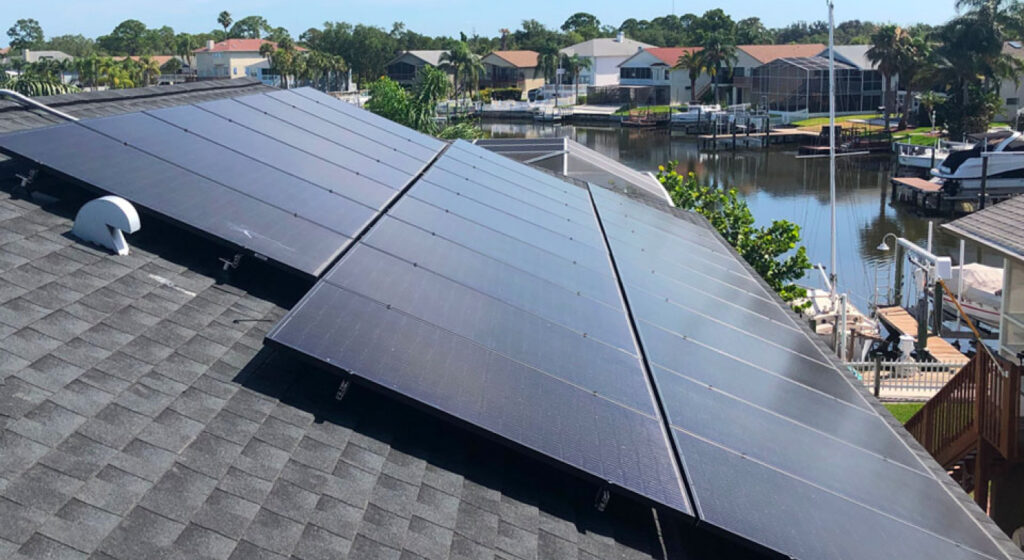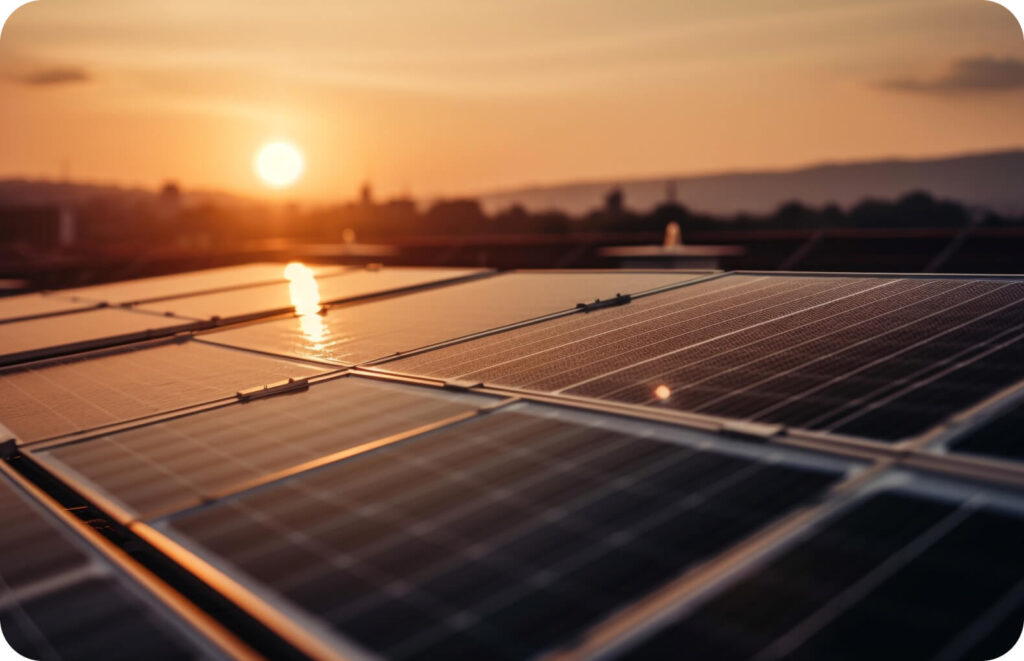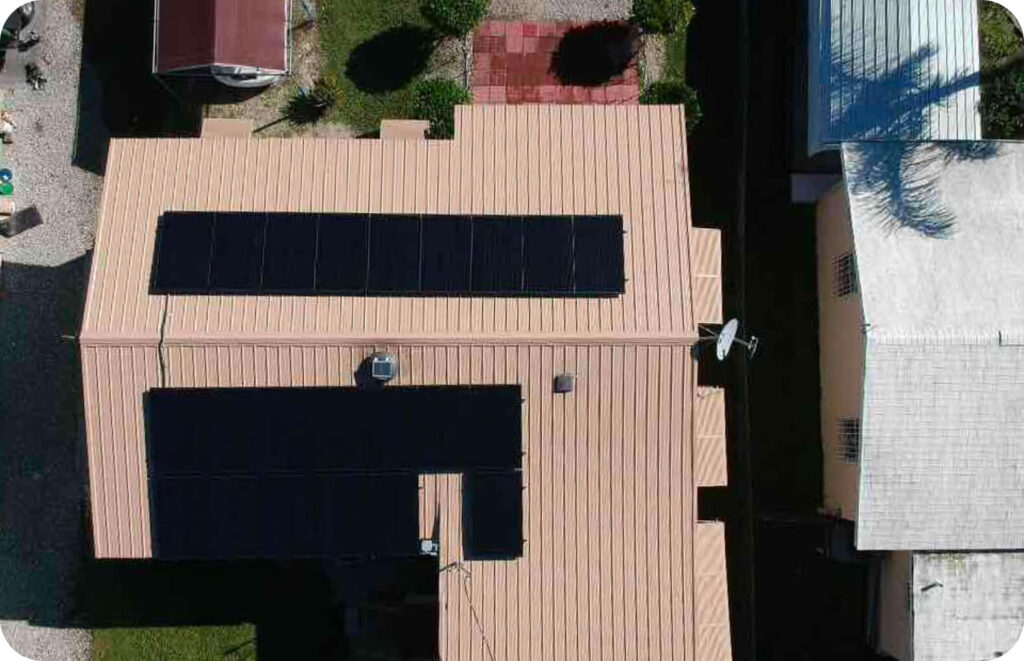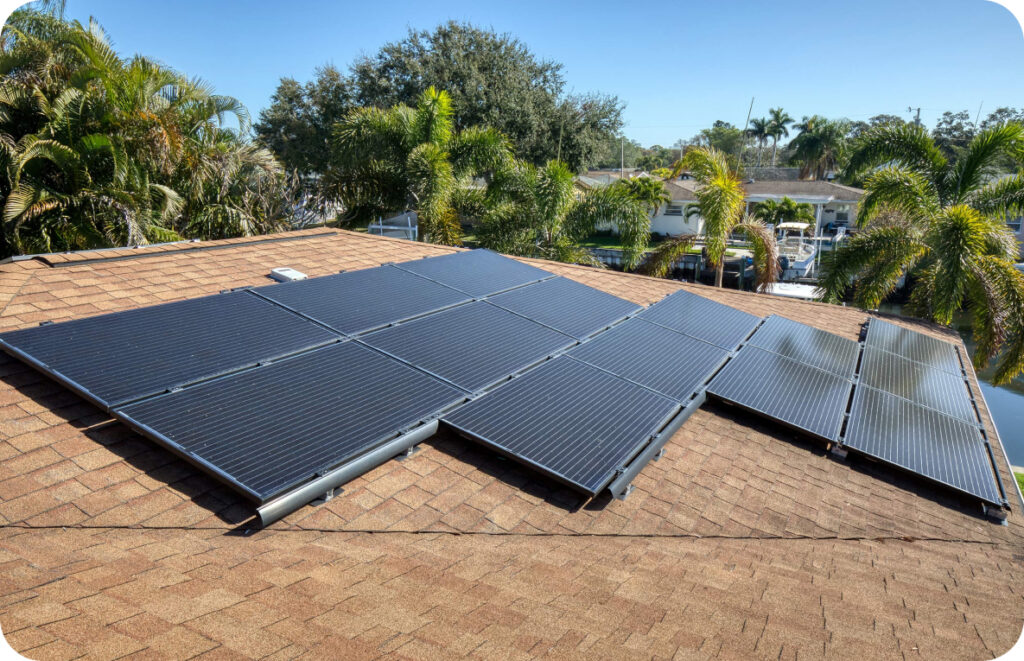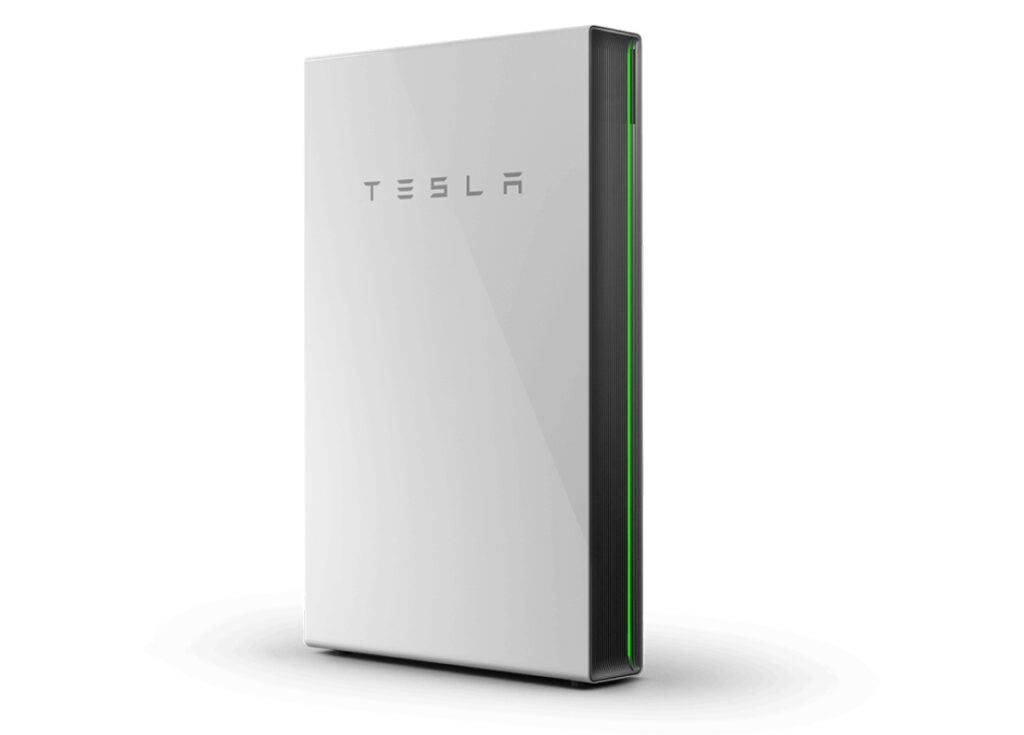You’ve seen solar panels on homes and buildings around town, and you may have even heard about the many benefits of solar energy. But do you know how solar energy works? Though it may sound complicated, solar energy works by simple scientific processes that take the energy released by the brightest star in our solar system, capture it in solar panels, and convert it into energy that powers your refrigerator, phone charger, HVAC, and every other electrical appliance or system in your home. Read on to learn precisely how the sun’s rays have constant potential to generate clean, affordable, usable energy to power your home or commercial structure!
